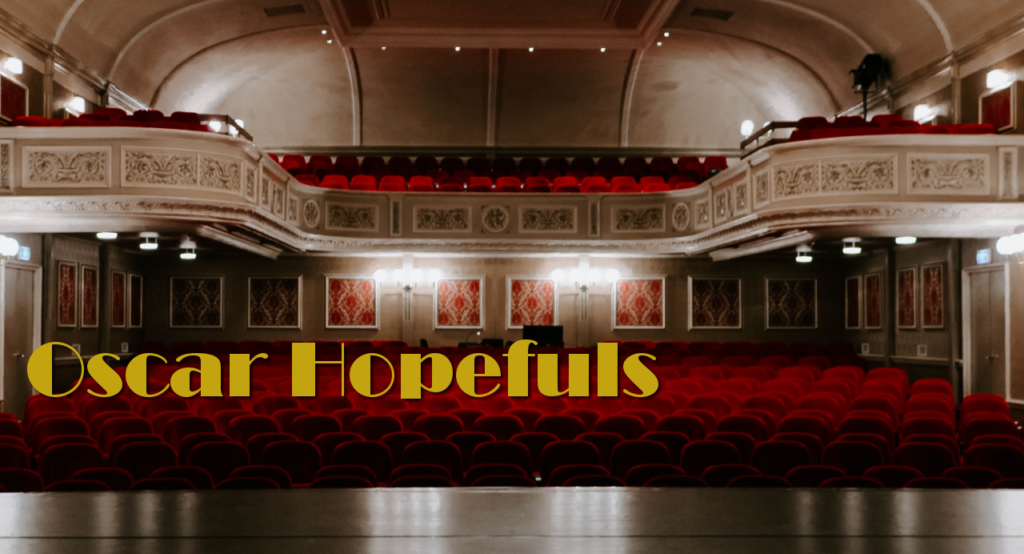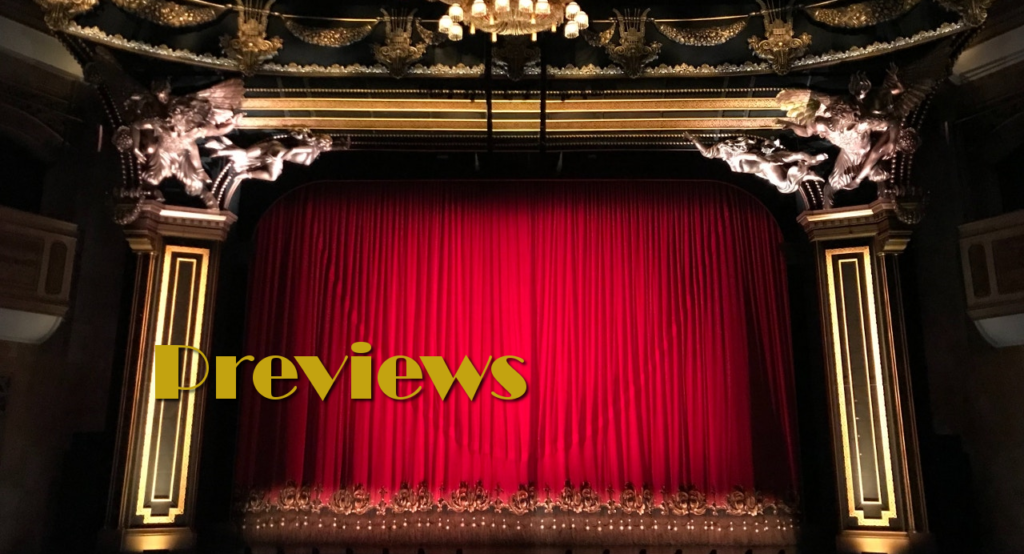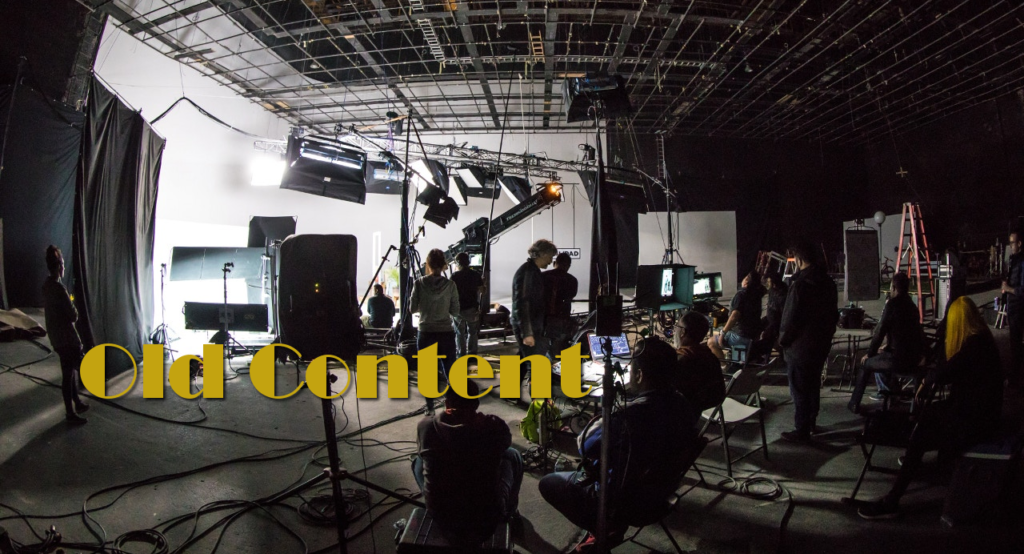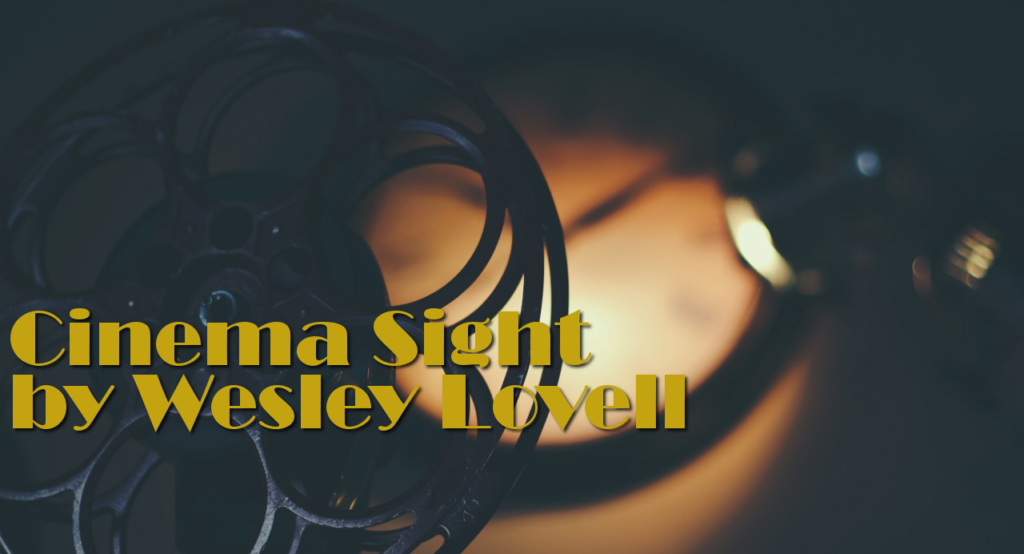
Roma
Rating
![]()
![]()
![]()
![]()
Director
Alfonso Cuarón
Screenplay
Alfonso Cuarón
Length
2h 15m
Starring
Yalitza Aparicio, Marina de Tavira, Diego Cortina Autrey, Carlos Peralta, Marco Graf, Daniela Demesa, Nancy Garcia Garcia, Veronica Garcia, Andy Cortes, Fernando Grediaga, Jorge Antonio Guerror, Jose Manuel Guerror Mendoza
MPAA Rating
R for graphic nudity, some disturbing images, and language
Original Preview
Review
Alfonso Cuarón has delved into numerous genres in his lengthy career, but Roma is the first time he seems to be actively trying to evoke the work of late great cinematic artists.
Shot entirely in black-and-white, Roma takes its title from a district in Mexico City where the main character lives, not Fellini’s 1972 film Roma. That film is best described as “A fluid, unconnected and sometimes chaotic procession of scenes detailing the various people and events of life in Italy’s capital, most of it based on director Federico Fellini’s life.” This description from IMDB is almost fitting for Cuarón’s film. So, you can be forgiven if you had though the films were set in the same place.
Cuarón’s version is similar. It is a sometimes chaotic procession of scenes detailing the events of life in Mexico’s capital and most of it is based on the life experiences of its director. It’s also true that Cuarón, born in 1961, grew up watching the films of directors like Fellini, Jean-Luc Godard, and other leaders of the French New Wave and the Italian Neorealism cinematic movements. These facts are bolstered by the connectivity the film portrays to those film works.
The major difference between Fellini’s Roma and Cuarón’s is that in this film, the action centers around a single individual, not a disparate group of citizens. Cleo (Yalitza Aparicio) works as a maid for a middle class family with four children. Throughout the film, she faces all the challenges a young woman often does while holding down a live-in job. She experiences love, betrayal, pregnancy, joy, sorrow, conflict, and a myriad other emotions. The film, set in the early years of the 1970s, even places its young protagonist into a hostile revolution, giving the film added turmoil.
A beautiful glimpse into middle class malaise in 1970s Mexico, Cuarón shows an affinity for the simplicity of life then and the complexity that often creates waves. Roma is a visually stunning work and the narrative is involving thanks largely to Aparicio’s charming performance.
The film moves a bit too slowly at times, which is perfectly understandable given the subject matter and the inspiration. The film owes a great deal to Fellini’s prior work, but also to that of French director Jean_Luc Godard who was very fond of long tracking shots, a technique this film employs in abundance. Both directors were unconcerned with narrative cohesion, wanting to express life in often chaotic terms.
Roma has a lot going for it, though its high minded approach to filmmaking is sometimes inaccessible. For fans of the cinematic arts, it is easy to see the film as a testament to the legendary works of non-English directors of the past. However, that high brow approach makes the film feel esoteric and disconnected. The audience will feel for the struggle Cleo goes through, but only in bits and pieces as much of the film around it doesn’t feel as cohesive or significant to her experience.
Review Written
March 5, 2019


















Leave a Reply